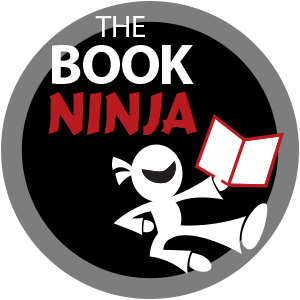Nowadays anyone and everyone who’s been published is calling themselves a best-selling author. What makes a true best seller, and what’s the myth behind those calling themselves a “best-seller?”
You’ve seen it before. Someone has a book launch or Amazon best-seller campaign and for a few hours their book shoots to the #1 spot on Amazon in one or two categories. They create a lot of hype and buzz about their book in a short amount of time, give away prizes as incentives for people to drop everything, whip out that credit card and run to Amazon, and often host calls or virtual parties in conjunction with that event.
What’s wrong with it? NOTHING. Except for the fact they tout themselves as a “best-selling author” for the next 50 years, selling a minimal number of books after that one day’s event is over.
A real best seller sells thousands of copies of a book within the first six months to a year after its publication, or hits the NYT Best Seller list.
This might make some people mad, but here’s the truth: Your book being #1 in a couple categories on Amazon for a day does not make your book a best-seller. It makes your book #1 for a few hours, but it does not count as true “best selling” status in the publishing industry.
Here’s another point. In order to become a New York Times Best Seller, you have to sell about 10,000 books in one week through nothing but bookstore sales. Amazon doesn’t count for the New York Times Best Seller list. Why? Because of all the people trying to hit that #1 spot for a few hours. If the NYT included those books, all the stats would be messed up. The only category (which is a new one) the NYT includes Amazon sales in is eBook sales, and that’s only because Amazon is still the largest seller of eBooks.
This means in order to hit that NYT Best Seller list, you must be able to sell your books through bookstores. Not just through orders, but you’d better have a smashing marketing campaign full of as many bookstore appearances and signings as you can muster in that one-week timeframe. Your platform must be at least 1,000,000 people strong, because typically only 1% of your platform will purchase your book when it’s advertised.
So is becoming a real best-selling author out of reach?
Not at all. Because a true Amazon Best Seller doesn’t just hit #1 in one or two categories on Amazon for a day, but remains there for at least a week. For example, our latest release in our 21 Ways series, 21 Ways to Make Money Speaking by Felicia Slattery had a very successful book launch. She used many different strategies to garner a bunch of sales and I, her publisher, watched those sales come through. When she had sold 17 books she hit #1 in two categories. She continued to sell books throughout the next week and not only reached #1 in four categories, but remained there in three of them for an entire week. A couple of weeks later and her book has stayed in the top 10.
Using an Amazon Best Seller campaign for your book launch is not a bad idea. It gives the book a jumpstart of buzz to push it higher in the searches for your categories and keywords. But calling yourself a “best-selling author” because your book reached #1 in one or two categories for a few hours isn’t entirely ethical in the publishing industry.
Now that you know the truth about “best sellers,” make it your goal to become a real Amazon Best Seller so you can wear that badge of honor with pride!
Photo Credit: Flickr, Patrick Feller


[…] link: How to be a “Best-Selling” Author – Kristen Eckstein, Ultimate Book … (function() { var po = document.createElement('script'); po.type = […]